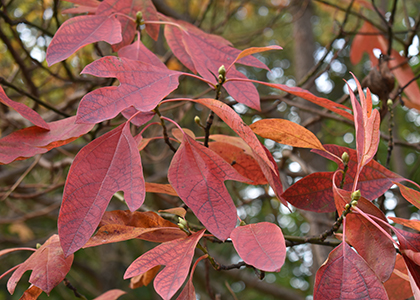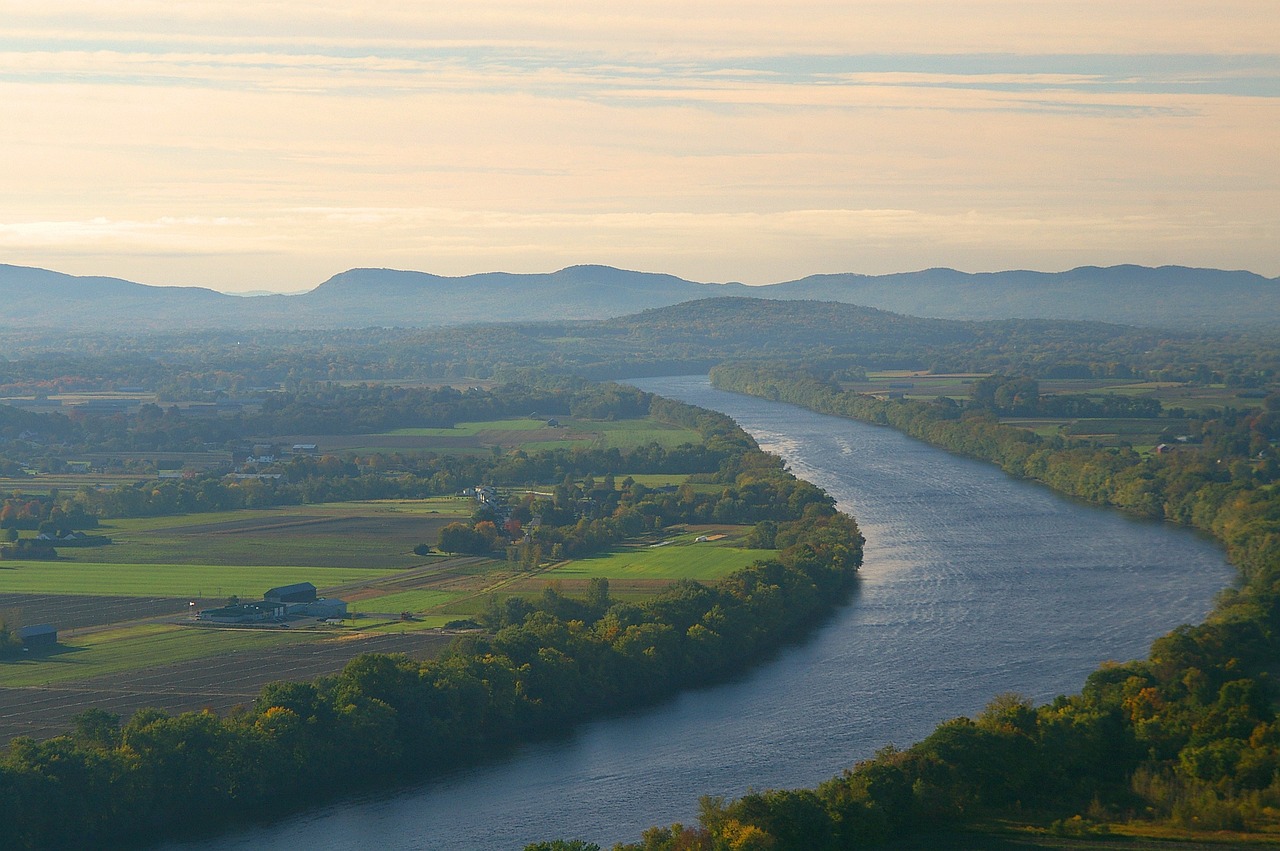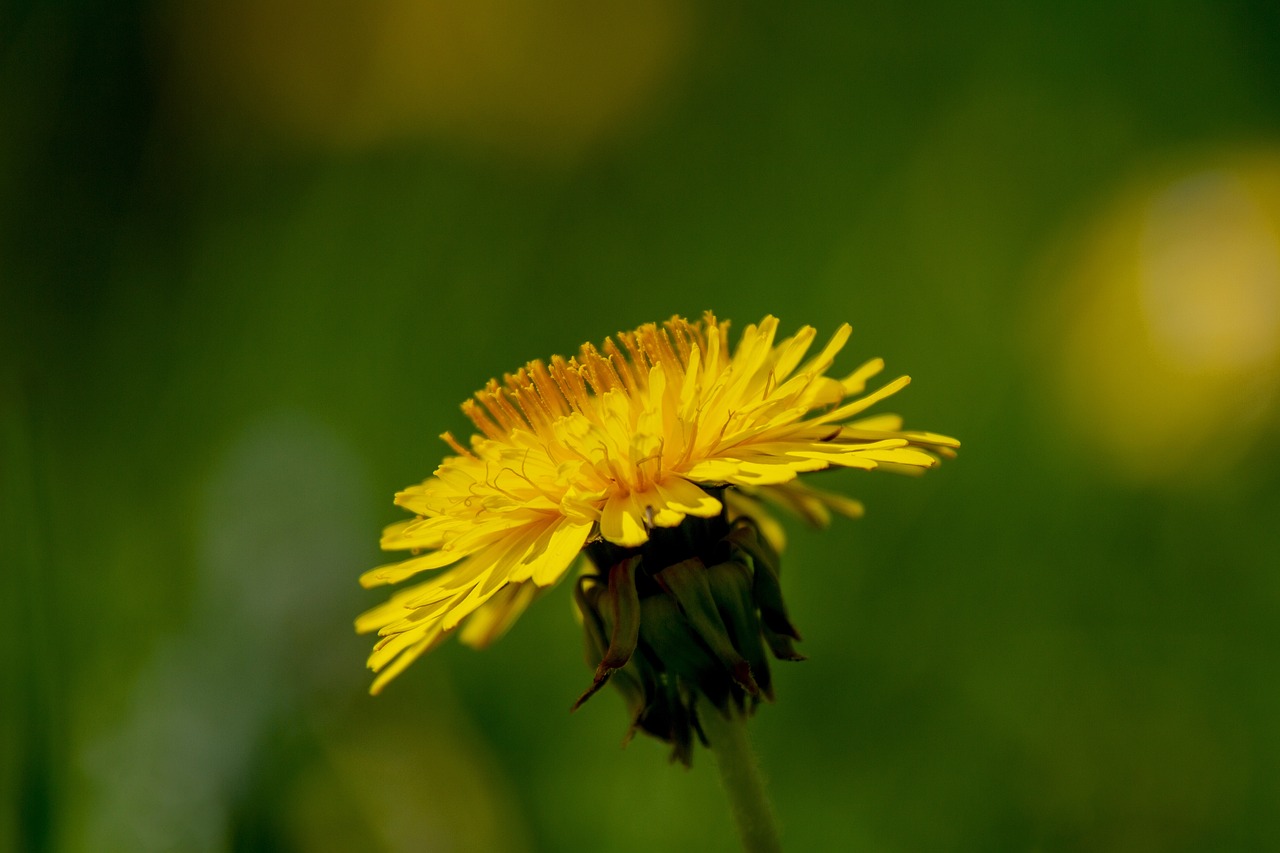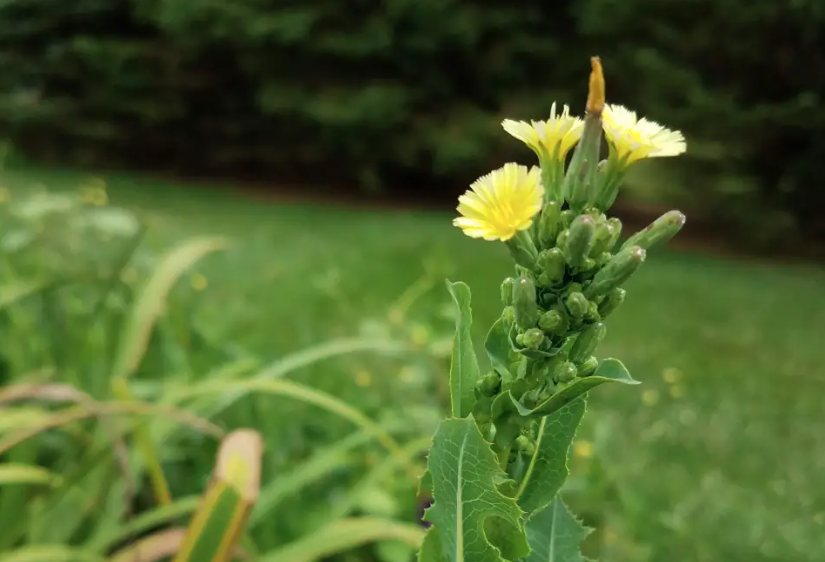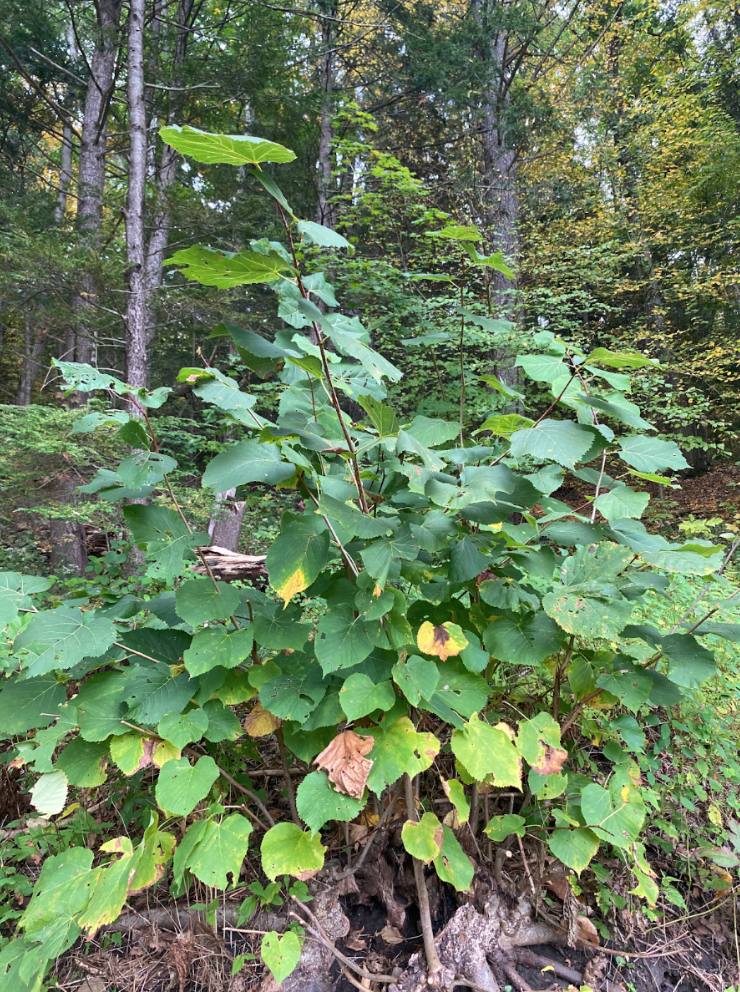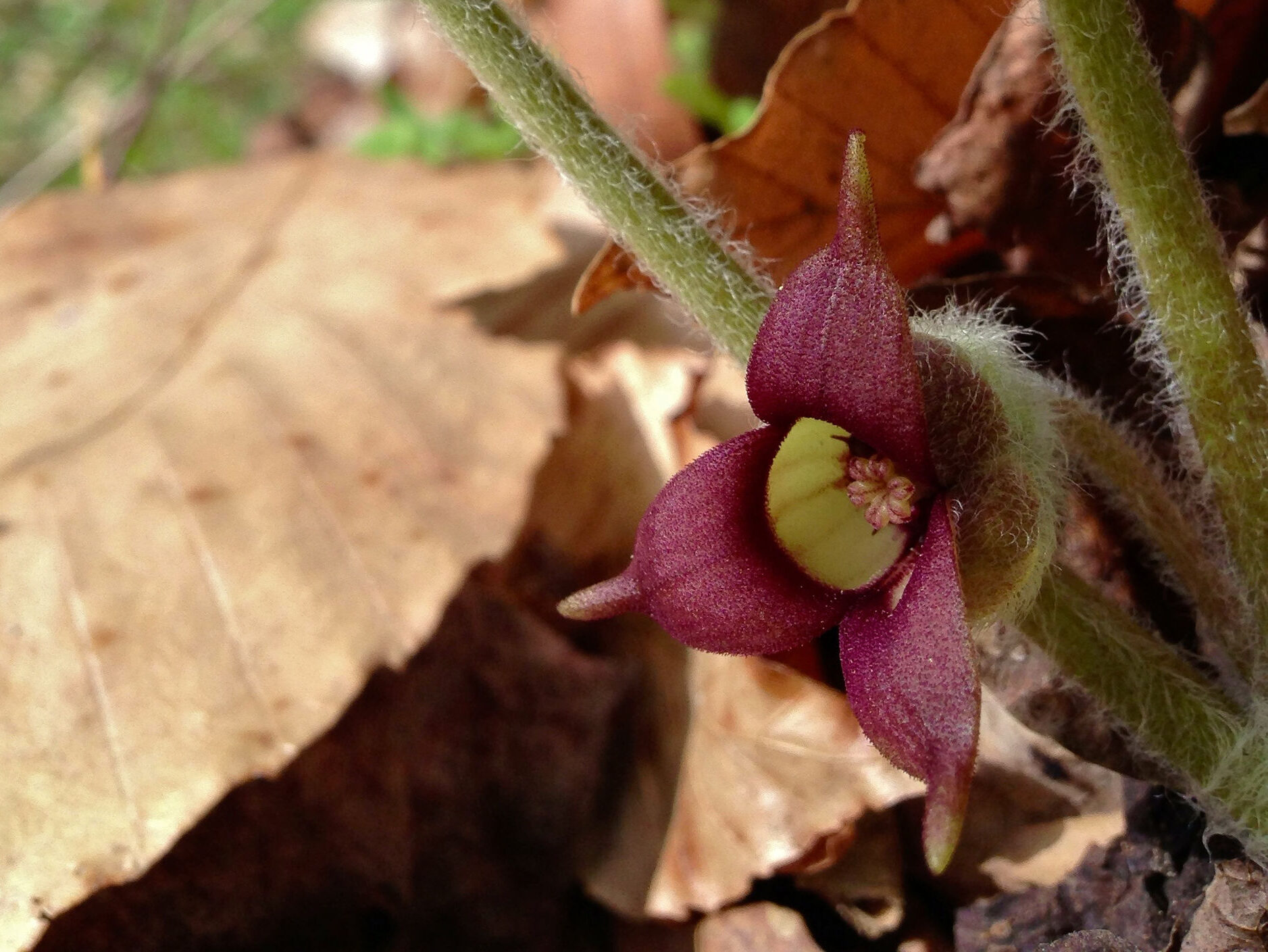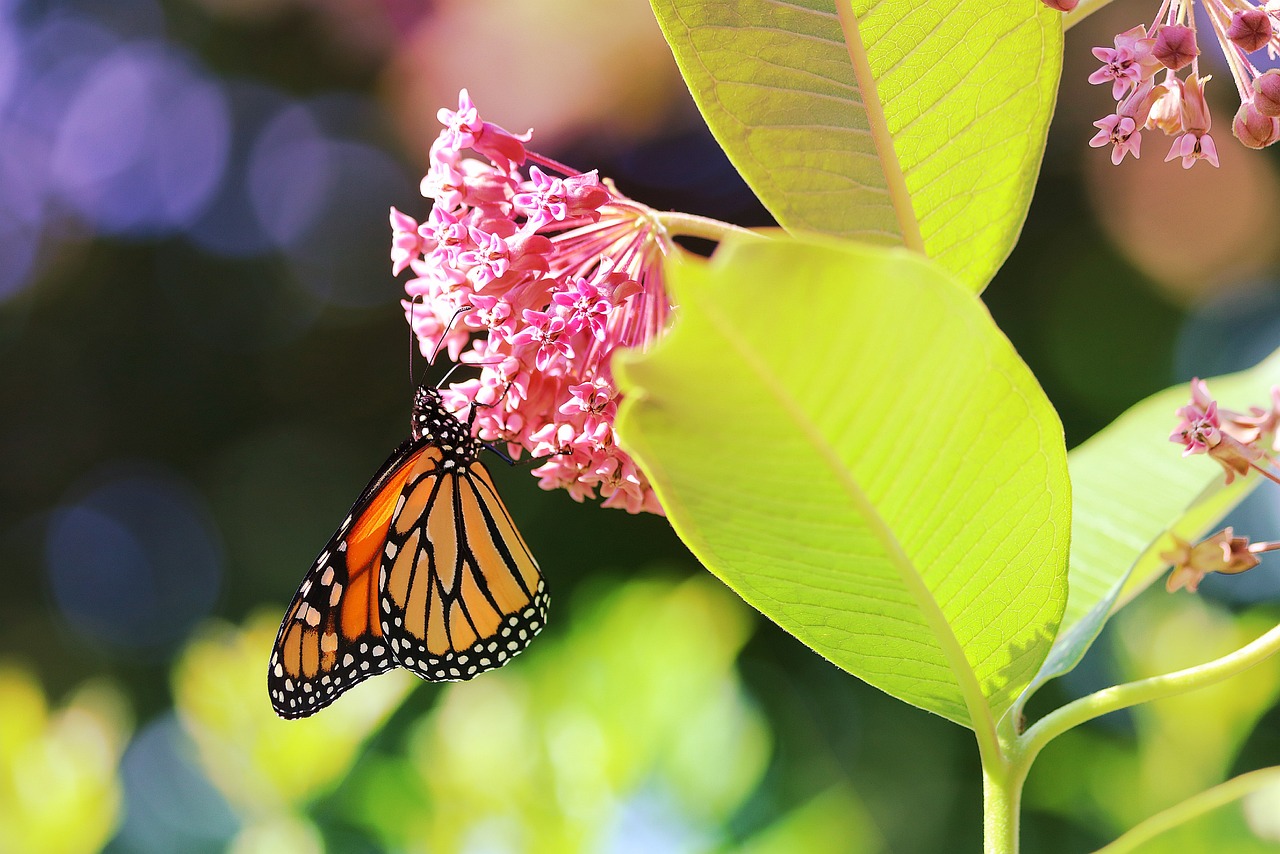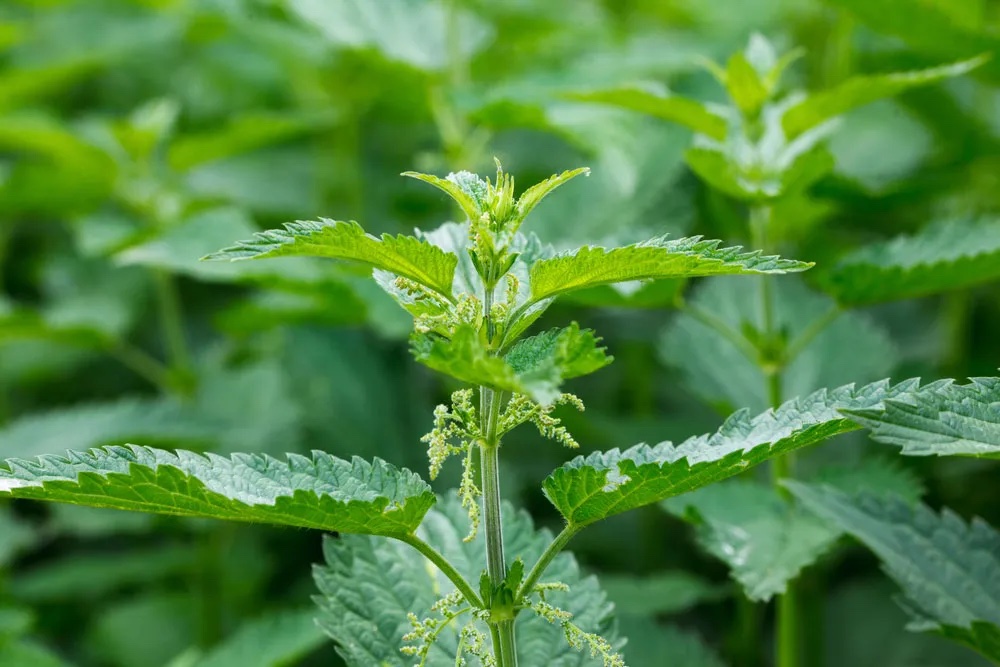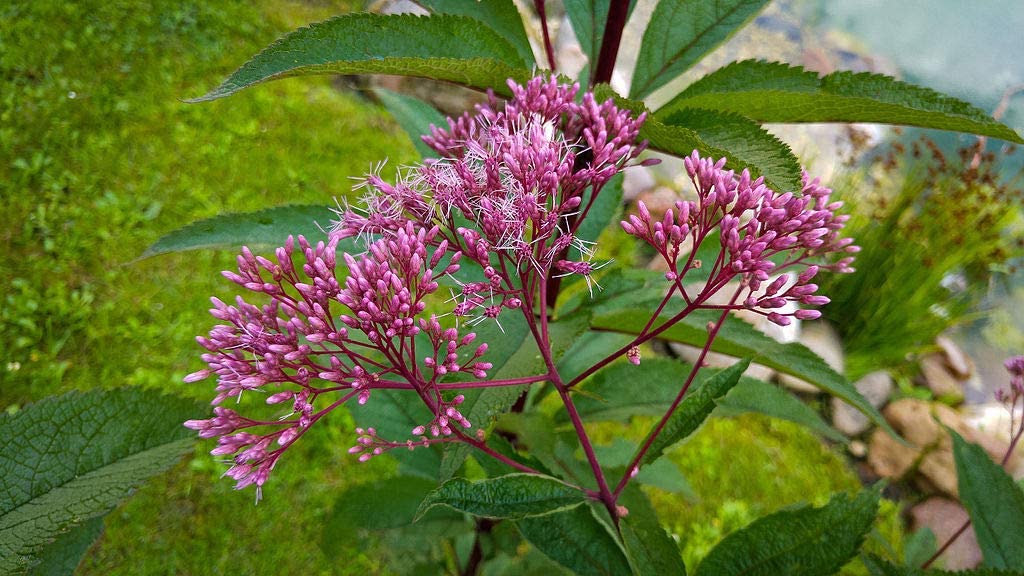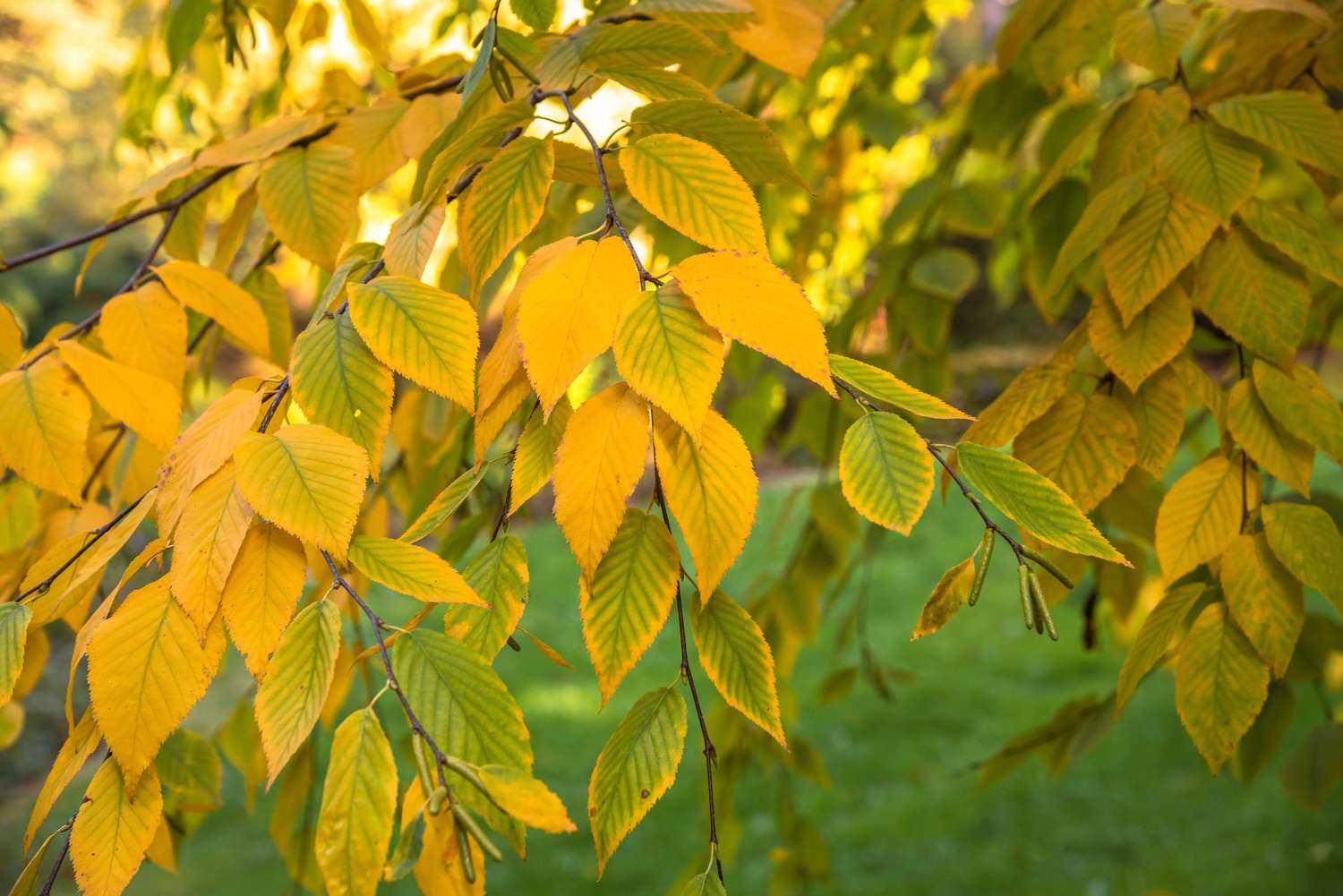Sassafras albidum Sassafras (Sassafras albidum) is a plant with a tumultuous history. Native to much of the Eastern United States, many parts of this tree…
Comments closedCategory: Medicinal Plants of Pioneer Valley
Our class was fortunate enough to have been given a presentation by Dr. Marge Bruchac of the University of Pennsylvania, an alum of Smith College,…
Comments closedTaraxacum officinale Taraxacum officinale, commonly known as dandelion and seen as a weed, is native to Eurasia but has been naturalized in North America. It…
Comments closedLactuca serriola L. Lactuca serriola L., or Prickly Lettuce, is native to the Mediterranean region but is commonly found in this area as well. It…
Comments closedTilia americana Tilia americana is native to eastern North America and is very common in this area. The Basswood tree prefers well-draining loam soils but…
Comments closedAsarum canadense Late in the summer of 1837, twenty-five members of the Saint Francis Abenaki tribe arrived in Deerfield, Massachusetts. They were descendants of a…
Comments closedAsclepias syriaca Common milkweed (Asclepias syriaca) is well-known as the sole food source for monarch butterfly larvae. It has also long been used in medicine,…
Comments closedUrtica dioica Capable of growing just about anywhere, stinging nettle (urtica dioica) is a flowering plant that flourishes in soils fertilized by human or animal…
Comments closedEupatorium/Eutrochium purpureum Native to North America, including the Connecticut River Valley, Joe-Pye-weed or gravel root (eupatorium purpureum or eutrochium purpureum), is a perennial with an…
Comments closedBetula lenta Commonly known as the sweet or black birch, Betula lenta, is native to the Eastern United States and can be found throughout the…
Comments closed